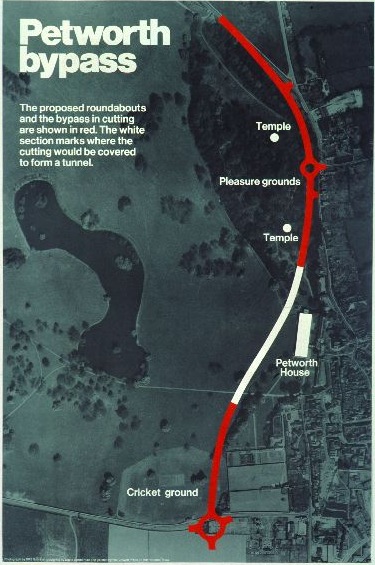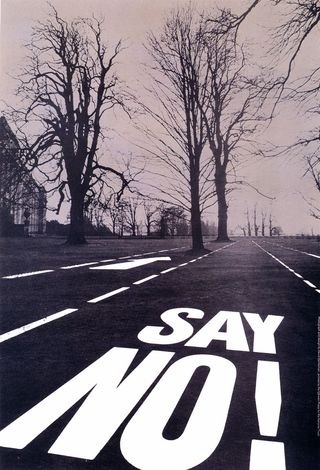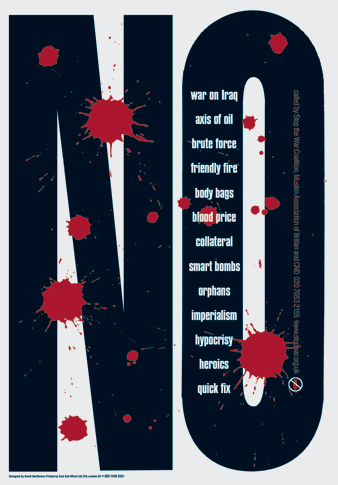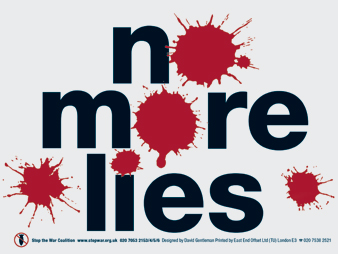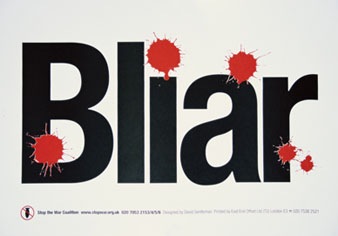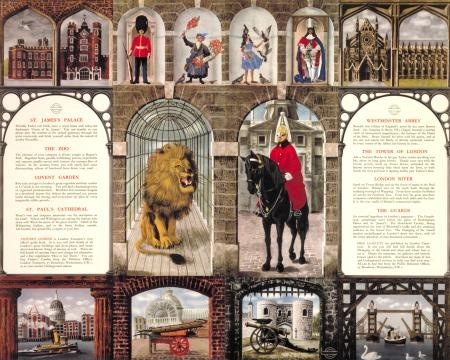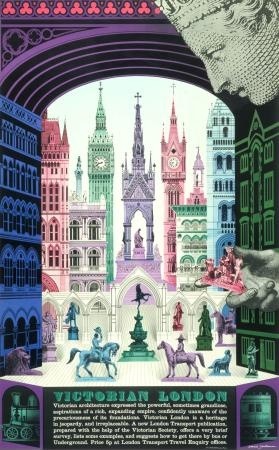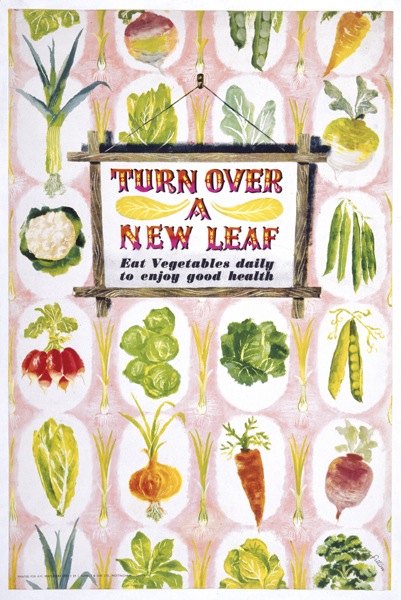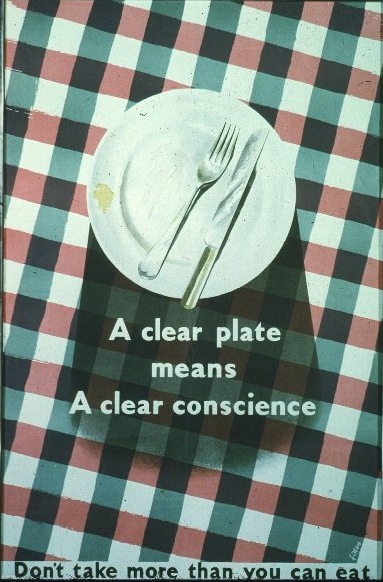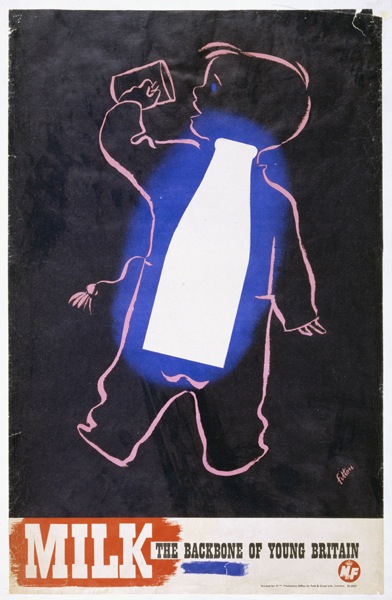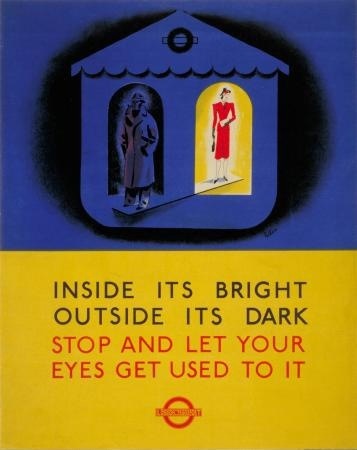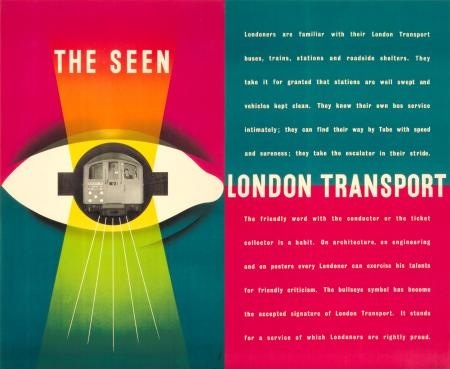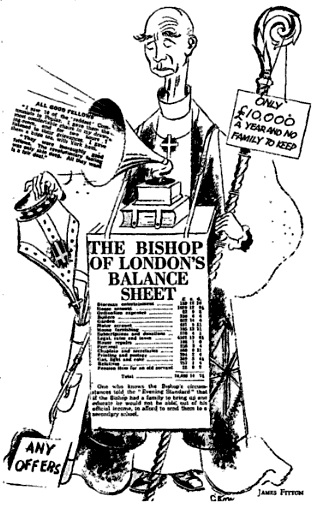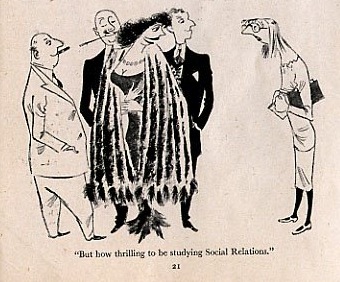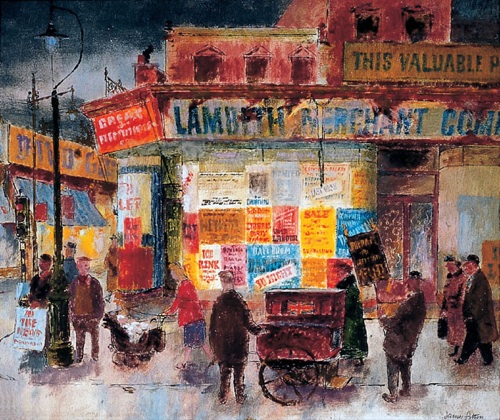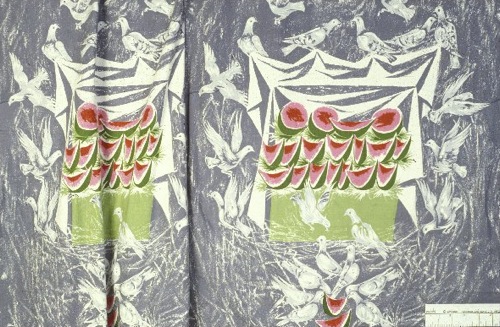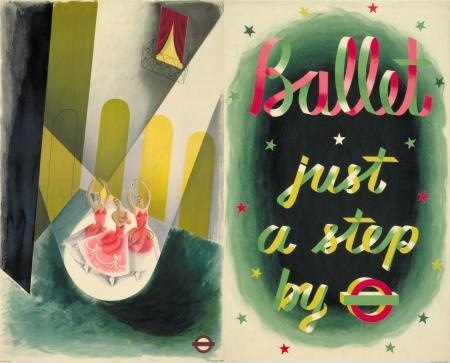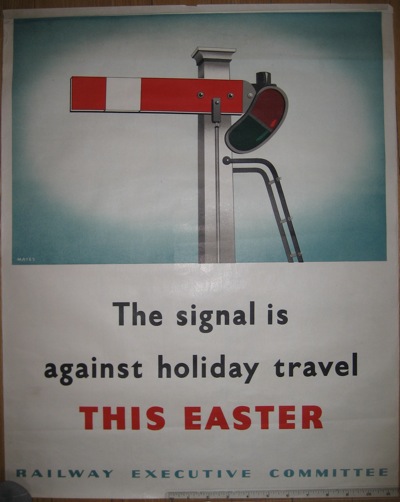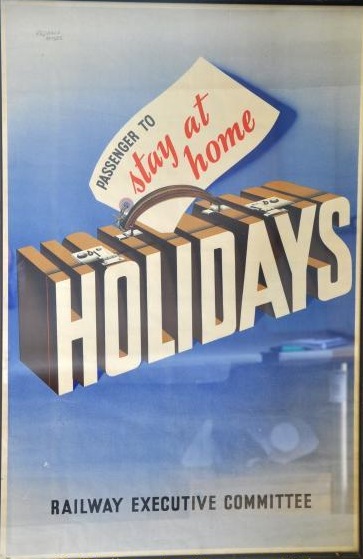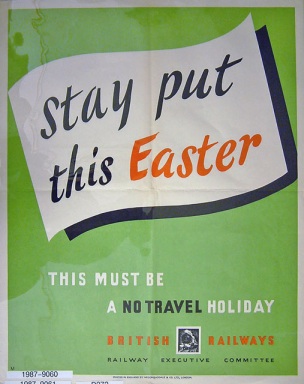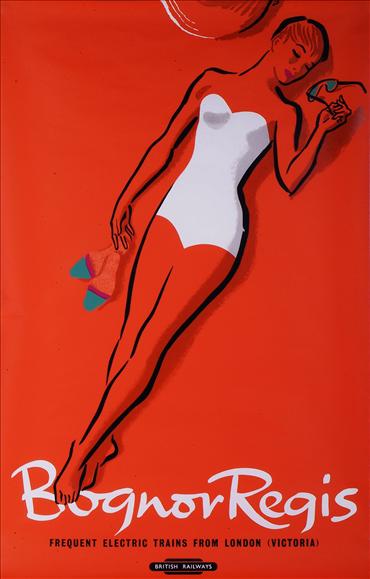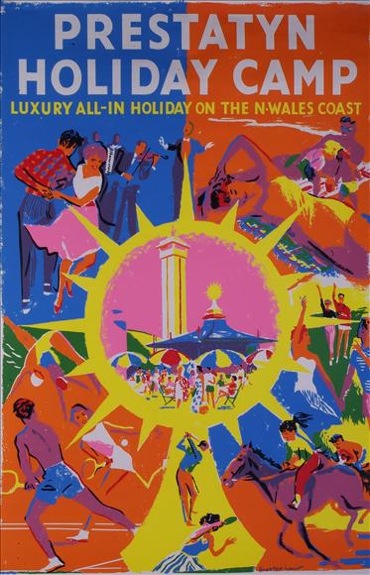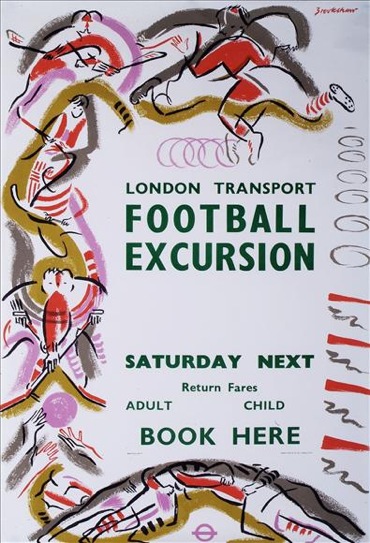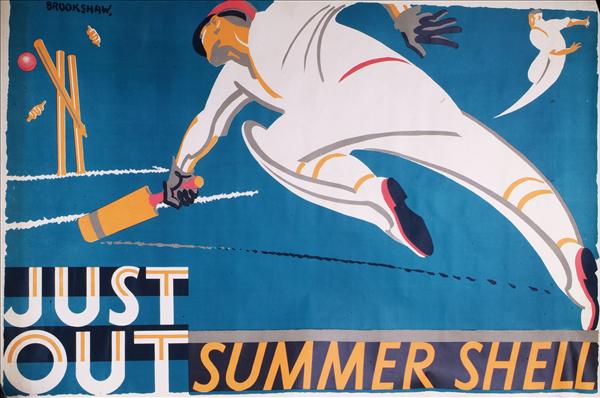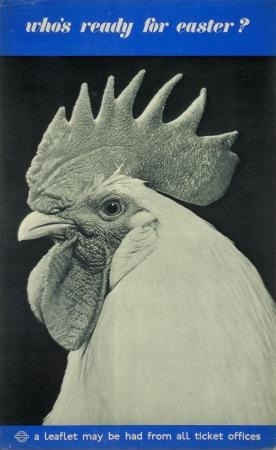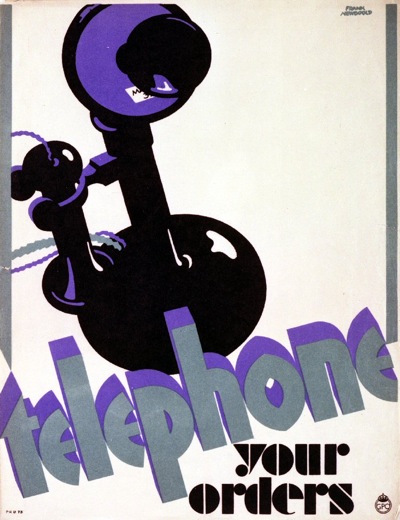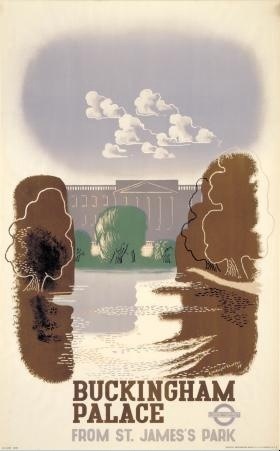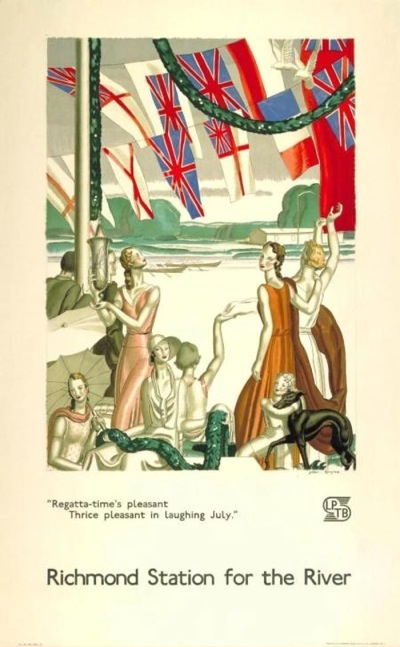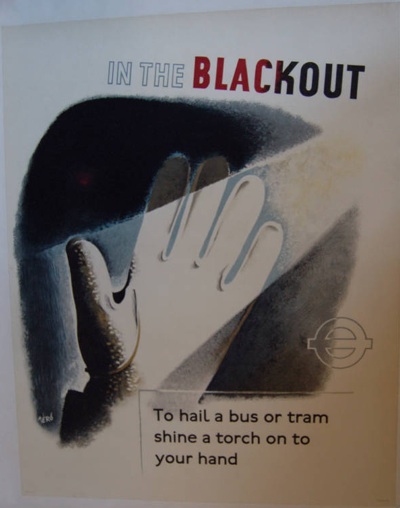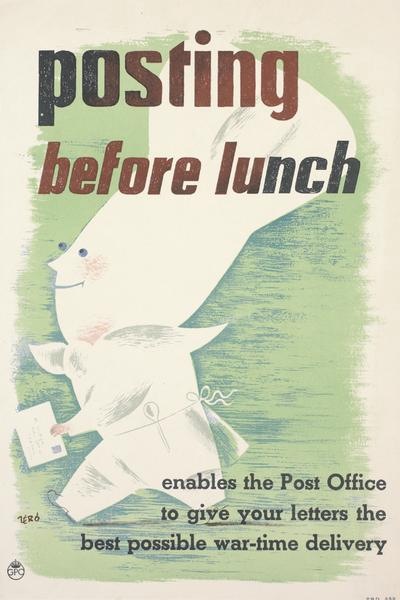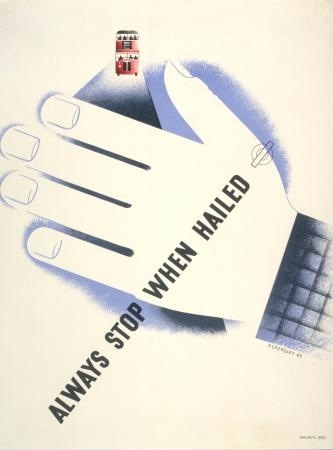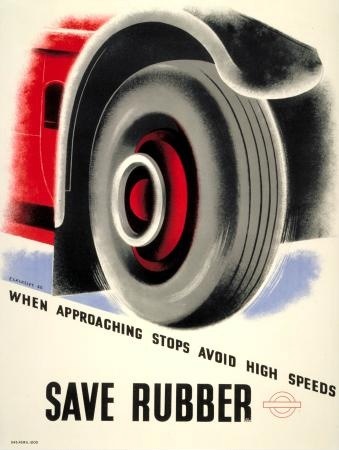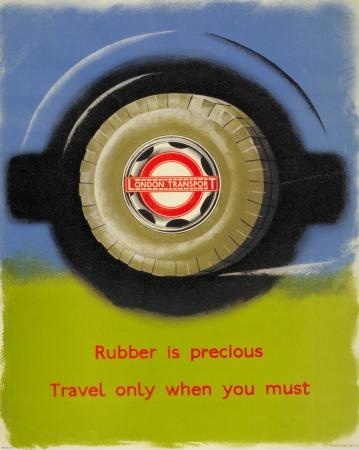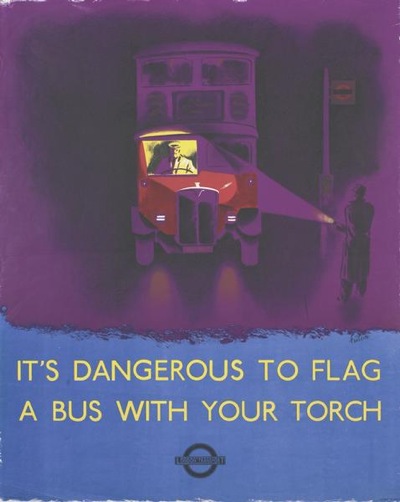A Gentleman and a poster designer
Saturday’s Guardian has an interview with David Gentleman, in which he says he came to feel, apropos of his political works,
“that my outrage should have been channelled into posters, not shut up out of harm’s way in a book”.
I wish he’d just done more posters full stop.
By complete coincidence, I’d just been wandering through the Design Council Slide Collection on VADS, looking for posters which weren’t to do with railways or ROSPA or London Transport (another story for another day) and had pulled out a handful of his posters for the National Trust. Which are brilliant.
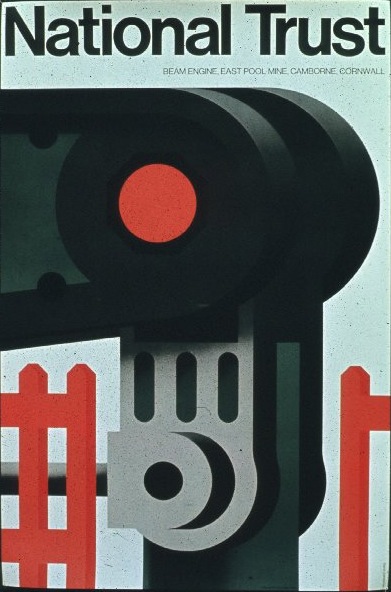
1972 poster for the National Trust (and winner of a Poster Design Award to boot)
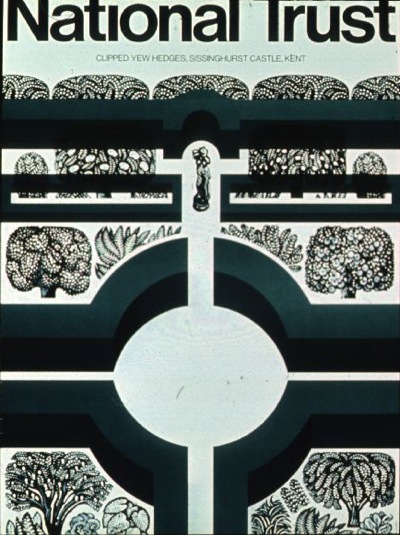
1976 poster for the National Trust (apologies for the cropping, it came that way)
He also did some dramatic posters when the NT property of Petworth was threatened by a by-pass in 1976.
But perhaps his most outstanding achievement are the set of posters he designed for the Stop the War Coalition, which I think are amongthe best poster designs of the last twenty years in this country. Maximum emotional impact, minimum means.
(There’s a very good interview about these last posters in the AGI magazine, from which I learned that Gentleman also thought up the Bliar slogan as well as designing the posters. Really, he is a genius.)
But don’t let all that make you think that all he can do is dramatic protest. Here are two London Transport posters he also designed, one a pair poster from 1956
and the other from 1973.
And that is pretty much all I have been able to find. Which – given the quality of the ones that he did do – is a great shame.
